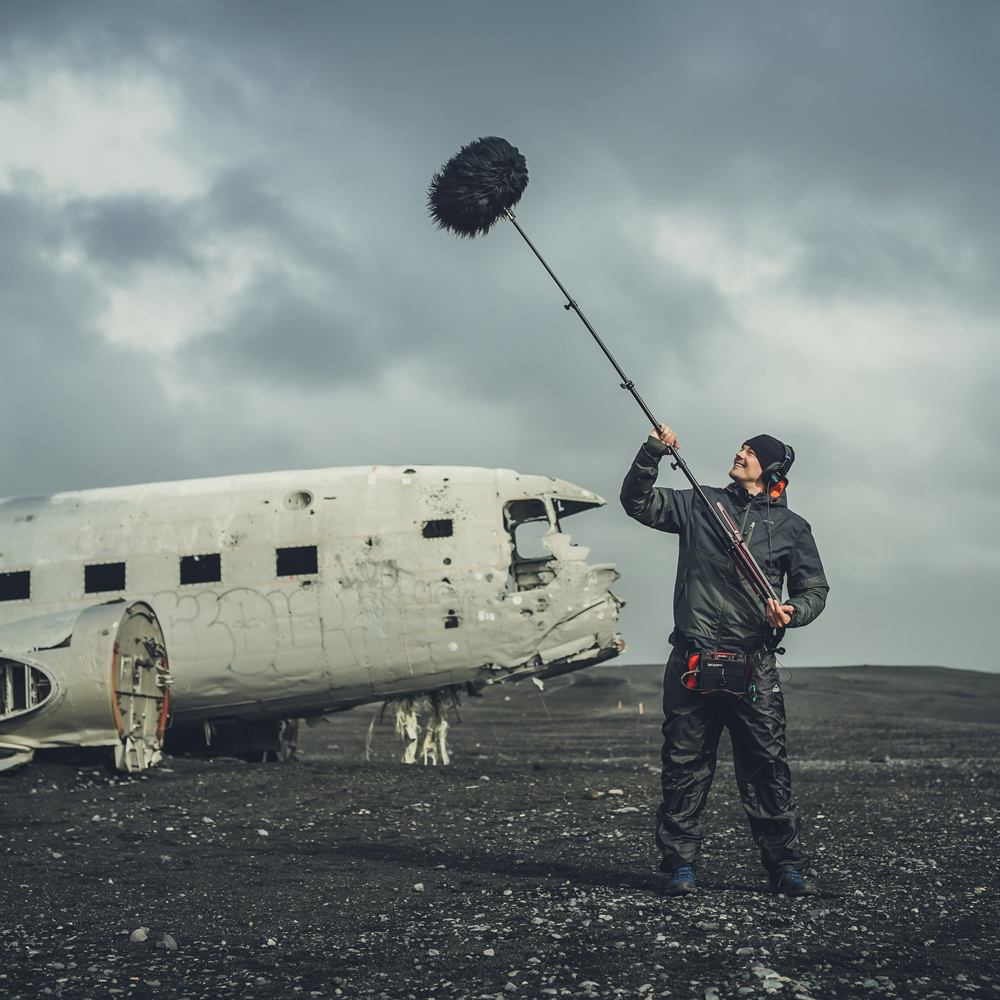While familiarity with film production can be beneficial, it is not required for our program. We teach a comprehensive curriculum designed for students of all levels.
While familiarity with film production can be beneficial, it is not required for our program. We teach a comprehensive curriculum designed for students of all levels.
No. While we may be able to assist potential students in connecting with other students and/or rental firms, we do not take responsibility for student housing.
Absolutely. Participants may be able to participate in specific courses, though no credit would be given for such participation. Contact NFI for more information.
NFI students are evaluated on a number of metrics. Similar to most schools, students’ grades are influenced by attendance, tests, and project completions.
Yes. To the extent possible, we are willing to make reasonable accommodations to support and engage students with disabilities. However, given the nature of the film trade and our hands-on program, some disabilities and impairments may hinder a student’s ability to complete the program.
Yes. We actively seek to promote a culture of diversity and inclusion at the NFI. Our school is filled with students from a wide array of locations, races, nationalities, genders, religions, and sexual orientations. We celebrate the diversity of our student body.
Yes. Please download this PDF for more information.
What are some common career opportunities in film?
Literally responsible for delivering a final picture, or producing a film for a studio or investors by managing the entire film making process from pre-production to sale or distribution. A producer oversees all the non-artistic aspects of a film from initial fund raising, to budgeting and scheduling, hiring and firing, to making sure that a finished film is delivered as promised. The power-brokers of Hollywood.
The Director of Photography. Responsible for capturing the director’s vision onto moving picture, whether film or video. Works closely with the director to frame the on-screen action, and to design the lighting for a specific scene. The true artistes of filmmaking.
The chief lighting technician on a set, a gaffer is a member of the electrical department who is responsible for operating lights and lighting equipment on a set. Will assist the cinematographer achieve their artistic vision for a scene by collaborating on the lighting design.
The chief of a group of grips, responsible for the mechanical stagings on-set, whether they be cranes, camera dollies and track, pyrotechnics, etc. Grips are the mechanical engineer and muscle behind the scenes — often doubling as a construction coordinator and a backup for the camera crew. Key grips work closely with the gaffer.
Under the tutelage of the director, responsible for artfully assembling all of the production footage into a finished movie over the course of months, and sometimes years. Where editors used to literally “cut” the film and splice it together in a painstaking analogue process, now all their work in the cutting room is done on computers. Editors are key contributors to a film’s final form, oftentimes making artistic contributions equal to that of the director.
The person responsible for overseeing the entire post-production of a project. Helps to ensure that the film is delivered on time and on budget while satisfying the sometimes-competing needs of the director and the producers.
Many corporations now staff in-house video production teams. Often, these teams consist of directors, writers, producers, cinematographers, and editors. Responsibilities generally include documenting the corporate history, creating promotional pieces (including commercials), generating social media content, producing training materials, etc.




